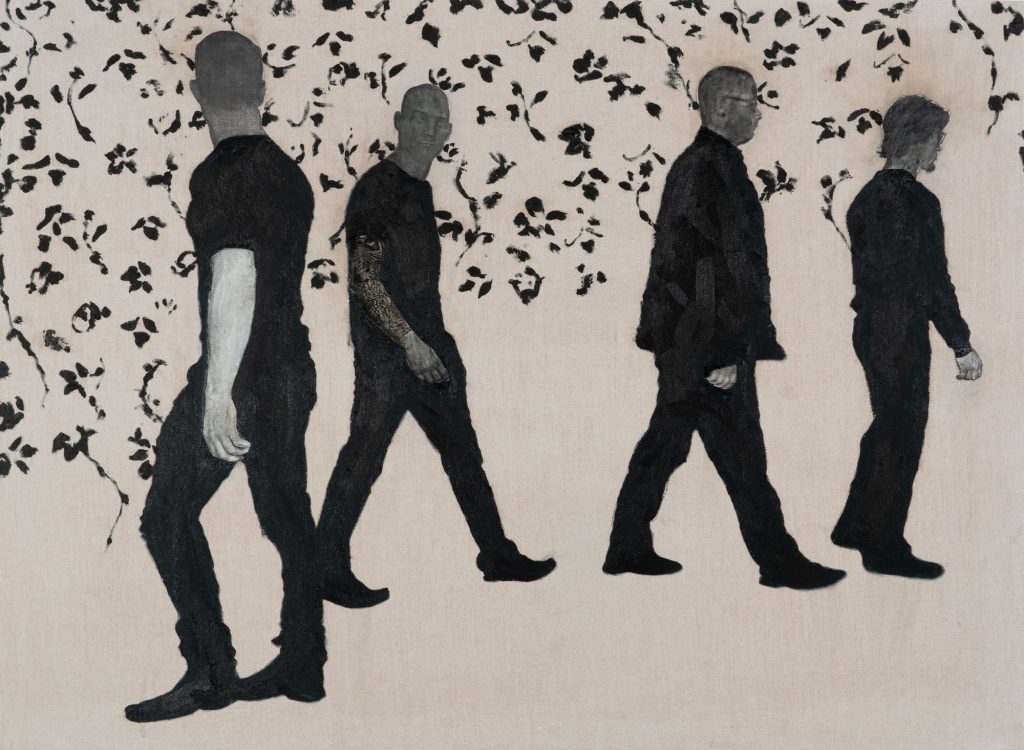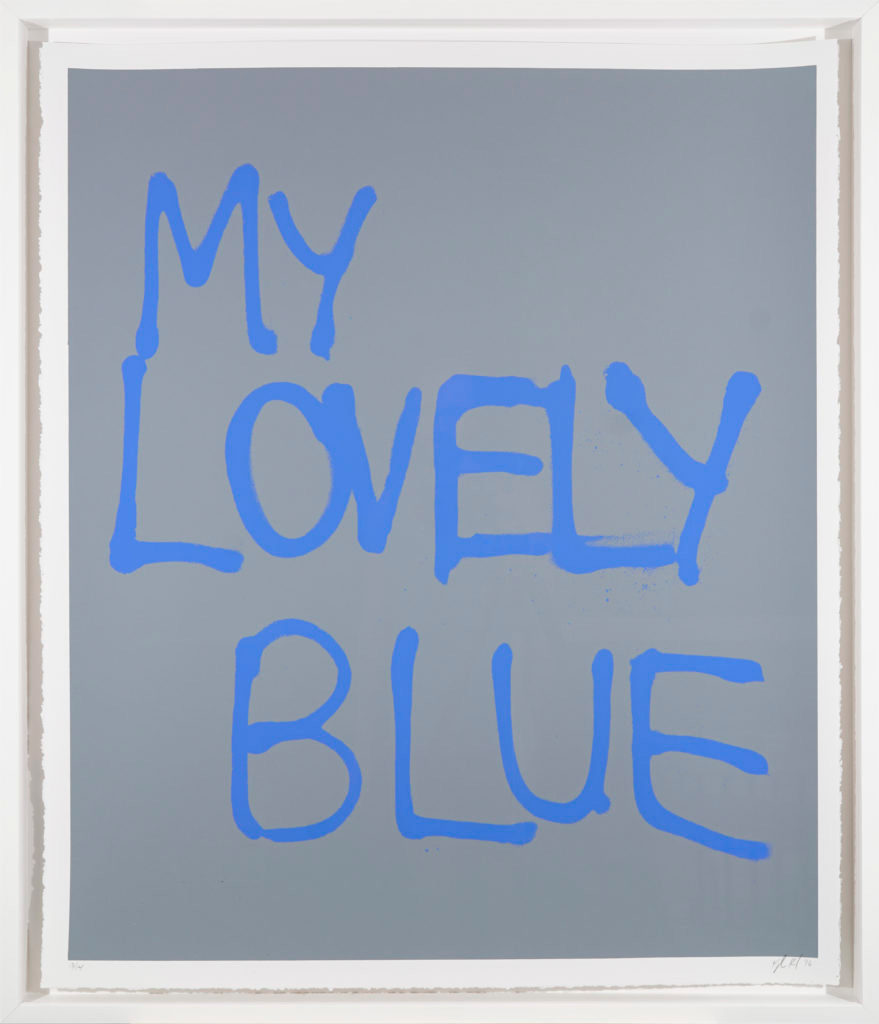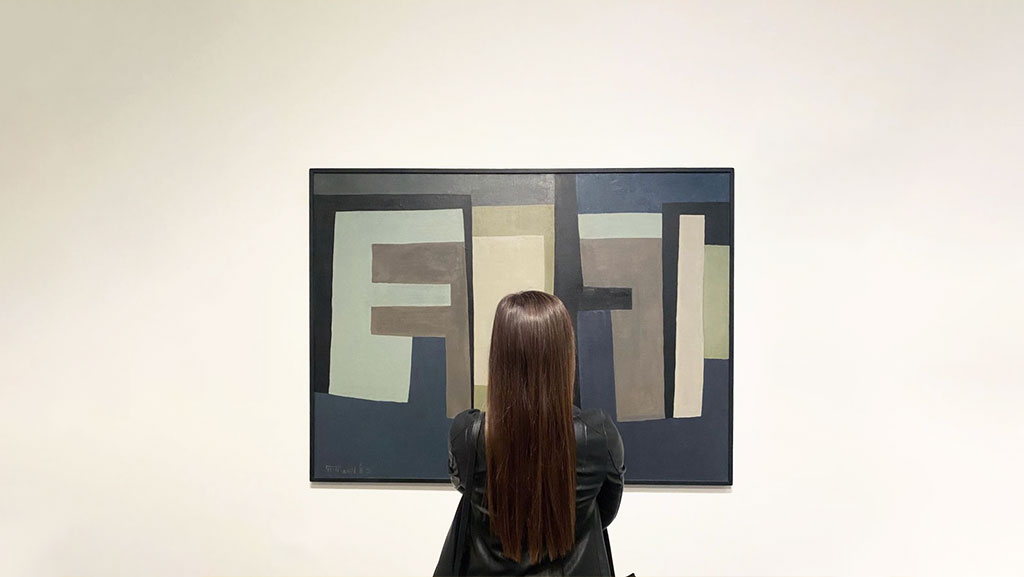Art collecting has always had an interesting narrative, but it seems now more than ever, the landscape of “collecting” artwork has evolved into something that can be difficult to navigate and challenging to understand, in part due to the variety of purchasing opportunities and online platforms. If you are already a collector, are thinking about starting a collection, or just passionate about the subject, you will likely have already experienced or heard about one or more of the various methods of collecting or attaining artwork. All of which are important to acknowledge and understand so you do not get duped.
As art collectors, we know there are many available methods of acquiring, all of which are uniquely important to the overall ecosystem of the art world, or what many call the Art Market, which over time has evolved into a 60 billion dollars per year industry. Whether you purchase from an emerging artist, a commercial gallery, auction house, or at a not-for-profit fundraiser, each transaction has an impactful and rippling effect on the overall art community, for better or for worse.
Over the years, my partner and I have acquired works from various avenues and have come to appreciate their importance in different ways. The intent of this article is to highlight and discuss the benefits and drawbacks of what we have identified to be four fundamental methods of collecting, which we hope will help you make informed decisions so you can build your collection with intention and confidence.
Primary Market: The Commercial Gallery
To shop in a commercial gallery is a premium experience, the allure of the white cube and the sophistication of engaging with a dealer is a valuable experience. In this setting, you will often have the opportunity to see works on display for the first time; fresh paint, new conceptions, and exciting investment opportunities. Here you can find an array of emerging and established artists all carefully selected by the Gallery Director.
What ultimately sets commercial galleries apart from other sellers of art is three-fold. One, their ability to access a vast inventory of artwork from their artists. Two, the peace of mind you will receive knowing that you are purchasing a certain standard of work. Keep in mind, you should look for member galleries of organizations such as the Art Dealers Association of Canada or L’Association des Galeries d’art Contemporain. Three, if an artist from the roster does not currently have a show installed, or if a work from the gallery has been sold, the dealer will likely have access to a multitude of available works either on the rack and ready to be shown at a moments notice, or at the artists’ studio. This vast access to inventory provides dealers with a significant advantage navigating hurdles that occur when working with collectors who have that very specific piece in mind. The premium paid is well worth the luxury of choice and confidence in representation.
Finally, these spaces are fundamental to the greater art community because, for the most part, they directly support living artists and continually foster impactful conversations of contemporary and historical art. Once a month (or so), these integral spaces become a hub for the community with their monthly programming of new exhibitions.

Secondary Market: The Auction House
The timelines can be irregular, but often decades after a work has been purchased, it resurfaces to the public via the secondary art market – the auction house. This setting provides an opportunity to acquire works that are likely more scarce within the primary market, and at the same time, provides the original collector with the ability to deaccession any excess with ease, and if the stars align, at a profit.
It’s important to never assume that acquiring at auction will be for a steal, or if you sell a work at auction it will go for a profit. All kinds of results occur at auction, and it’s best to relate it to an experience similar to the stock market. Trends influence price, and it’s important to stay in the know when forecasting your next move. This applies to both acquiring and deaccessioning works. For more information, we recommend consulting a local consignment specialist.

Although the sale of art at auction doesn’t typically inject funds into the pockets of artists (in Canada), these sales do play a huge role in the artist’s current market value. For example, if a work does well at auction, and the artist has an established auction record, this can set a new precedent for the price of the artist’s work in a commercial gallery setting.
Auction houses also help to feed the appetite of collectors. Imagine investing in something of value with no chance of return or even profit, it would be like purchasing a home indefinitely. Without the auction setting, the collector’s options of moving artwork, later on, become quite limited. Without these spaces, the cycle ends at acquisition, and that’s just bad economics.
Grass Roots: The Not-for-Profit Fundraisers
NPF’s provide buyers with the ability to acquire works that may not appear in the commercial setting, and provides a second value proposition to purchase: “for a good cause”.
The rationale of supporting a not-for-profit organization or charity can help open wallets during times where art purchases may not be a priority. Since these opportunities don’t come along as often as the methods listed above, they’re a unique experience that’s short-lived and buyers are sure to add an exciting, challenging, and often spontaneous work to their personal collection. An often overlooked bonus to this method of acquisition is the charitable tax receipt the artist receives for donating artwork to a registered chairity. Win-win?

Direct: From the Artist
In most instances, purchasing work directly from an artist occurs while the artist is emerging in their career, while studying in school, or is self-represented. The appeal to this method is you’re purchasing artwork for one of a couple of reasons, you believe there’s longevity to the artist’s practice, you just really like the work, or maybe it just costs less. With few outside influences shaping your purchase decisions, this makes for a fairly pure form of collecting. If you’re lucky you may even have the opportunity for one on one studio visits.
Acquiring a work from an artist may have the bonus of early-career pricing without the added retail expense from a gallery. With this purchase, you’re supporting just the artist and have no ROI guarentee.

Take Away
In the end, no matter how you to acquire your next work, know that there isn’t one single way that is above the other and when it’s all said and done, you should like what you are purchasing because there’s a good chance you will be living with it for a while.
There are several additional ways to acquire that were not outlined here such as art fairs, private dealers, art school shows, online networks, etc. Many businesses are cross-pollinating and monopolizing these spaces and offering a few methods of acquisition under one umbrella. We recommend collecting from an array of sources to support a diverse and thriving art scene in your city while sticking to your collection’s mission. We will cover the collection mission another time.
We hope you enjoyed this article and found it to be a helpful guide on your journey to collecting.

